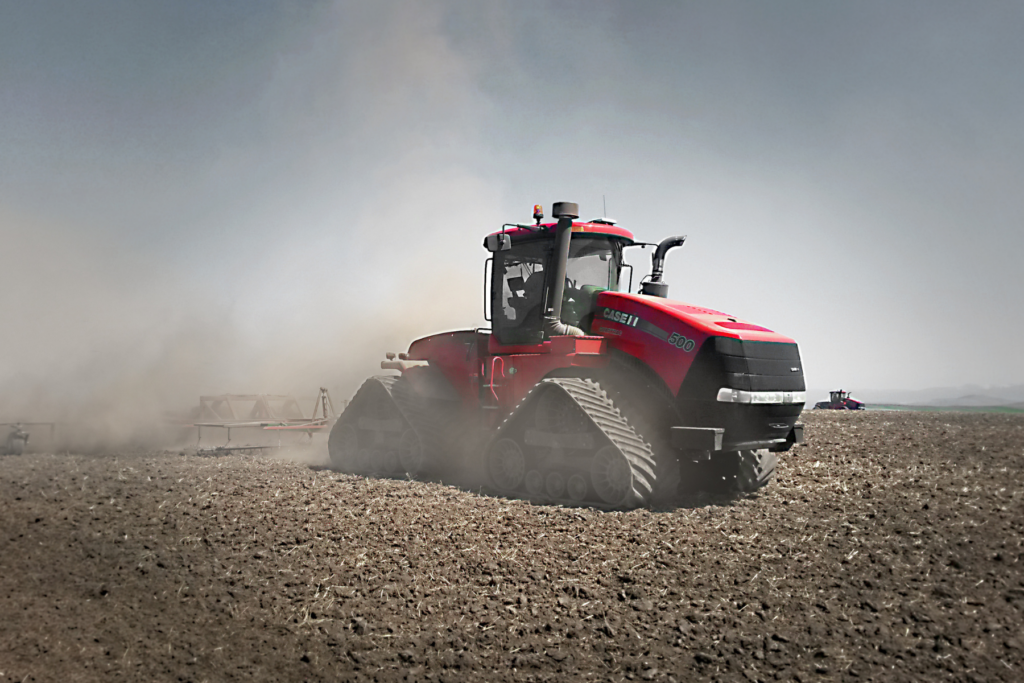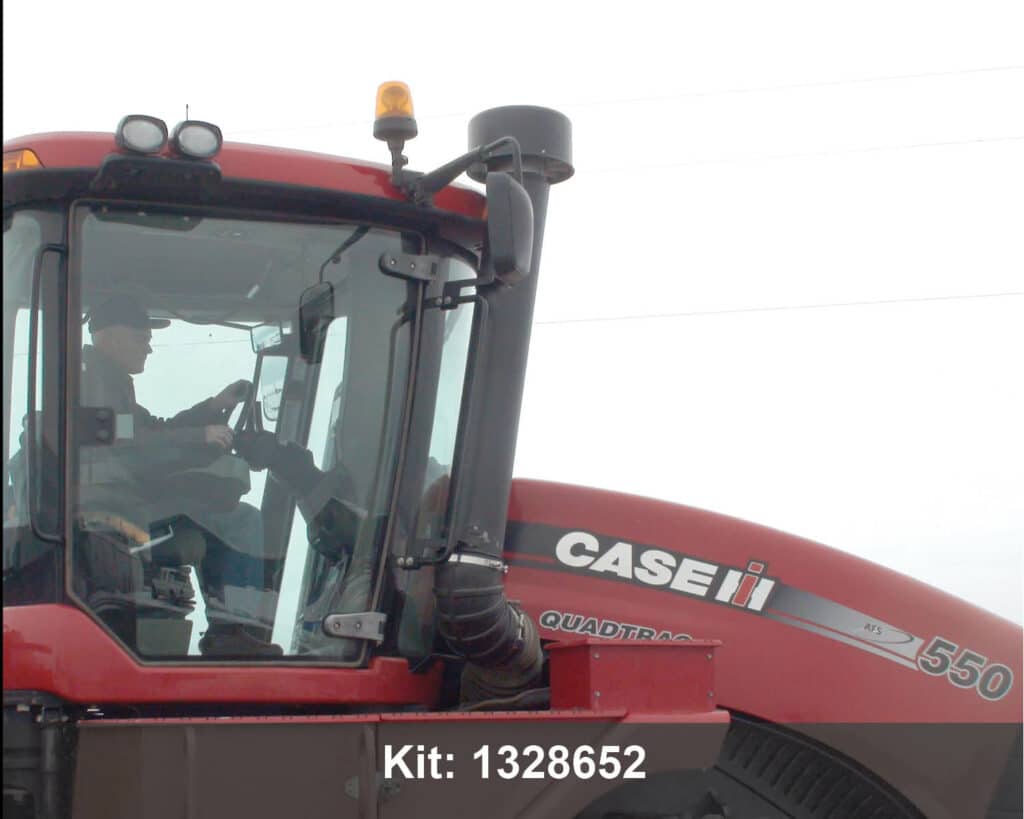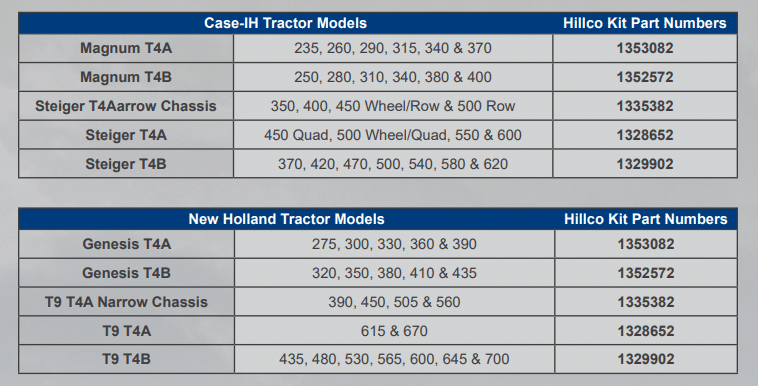FAQs: Tractor Air Flow Systems

Tired of constant clogs and looking to increase the useful life of your tractor’s air filter, BUT want to know more before upgrading?
Here we will address our most frequently asked questions about our tractor Air Flow Systems.

I use my tractor on a grain cart. Will I need the optional, low-profile pre-screen when I upgrade to this Air Flow System?
In certain applications we have found that our optional, low-profile pre-screen mesh is helpful on tractor kits. The grain cart tractor generally approaches the combine from behind resulting in excess chaff blown on the tractor. Hence, our optional pre-screen adds an additional layer of protection.
How does it work?
The tractor’s engine draws air into the intake, which spins a set of impellers inside the pre-cleaner. The centrifugal force of the spinning impeller expels the heavier “dirty” particles out of the discharge louver. The left-over clean air is what then enters the intake.
Does my local dealer carry these?
Case IH dealers can order and sell them.
What are the warranty parameters?
We provide a lifetime warranty on the pre-cleaner top and one year on the rest of the components.
What improvement in air filter life can be expected after upgrading to this system?
The amount of improvement you will see depends entirely on the conditions. Generally, we see about a 10X increase in filter life if it had been plugging frequently before installation. For example, some customers are dealing with clogging air filters every couple of hours. In a situation like that, the Hillco kit may extend filter life so that they are only addressing a clog every 3-4 days. In less severe circumstances they can run much longer after installation. Hillco recommends never exceeding the OEM air filter replacement schedule.
How do I order a kit?
Call Hillco’s sales team at 800-937-2461 or place an order online here.
After an order is placed, how long will it take to ship?
If the kit is in stock it will usually ship from either Idaho or Wisconsin, the next business day.
How long does it take to install a Hillco Air Flow kit?
Installation time varies by model. However, the average time required is 30-90 minutes.
Is the tractor or combine’s original air filter removed when a Hillco pre-cleaner is installed?
No, the original pre-cleaner stays in place. We recommend that our customers verify the Case IH pre-cleaner is clean and the venturi suction tube from the exhaust is also free of debris before installation.
What tractors and combines does Hillco have kits developed for?

What if my tractor or combine model is not listed?
Please call the Hillco sales department. They will have ideas that will assist you and insight into kits that are under development. They may also have an existing kit that, with some modification, will suit your needs.

